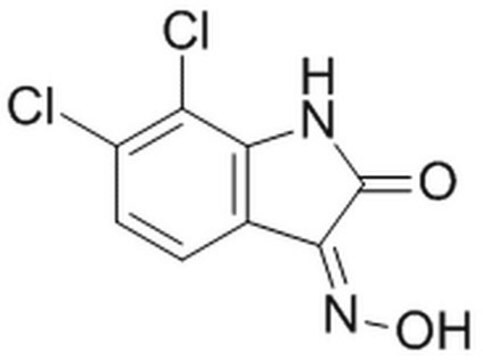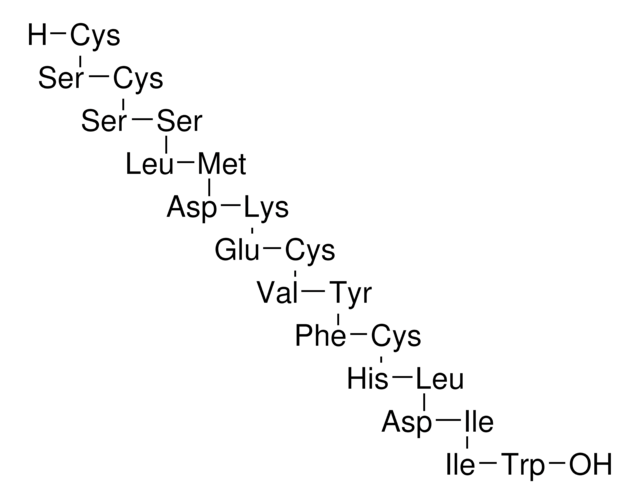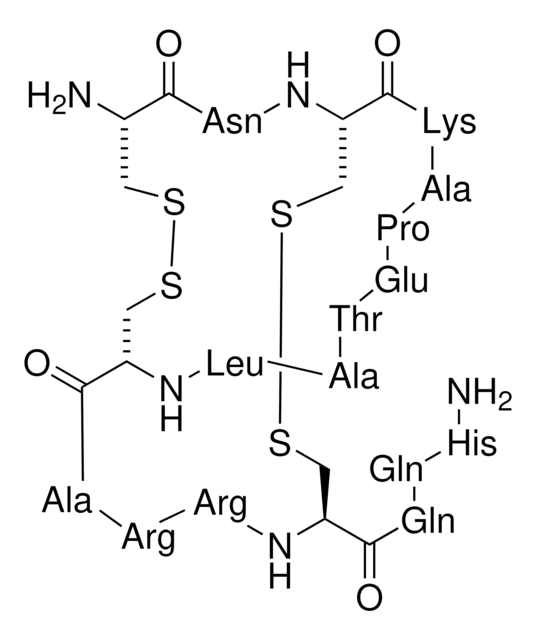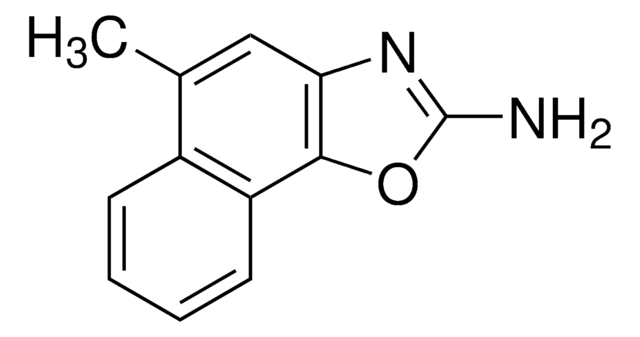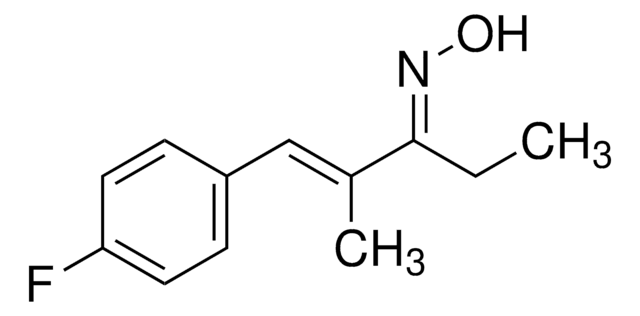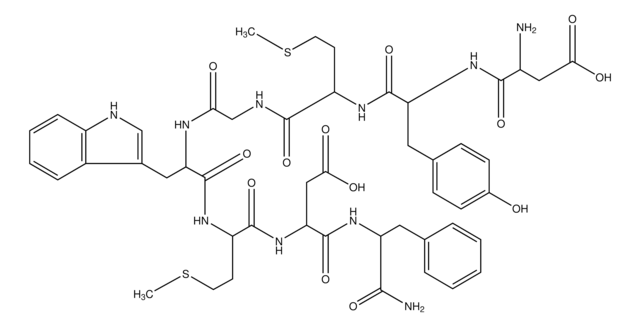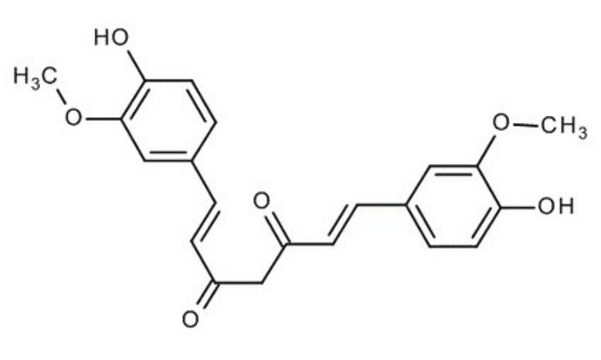Kluczowe dokumenty
S5576
SKA-31
≥98% (HPLC)
Synonim(y):
Naphtho[1,2-d]thiazol-2-ylamine
About This Item
Polecane produkty
Próba
≥98% (HPLC)
Formularz
solid
rozpuszczalność
DMSO: ≥30 mg/mL
temp. przechowywania
−20°C
ciąg SMILES
Nc1nc2c(ccc3ccccc23)s1
InChI
1S/C11H8N2S/c12-11-13-10-8-4-2-1-3-7(8)5-6-9(10)14-11/h1-6H,(H2,12,13)
Klucz InChI
FECQXVPRUCCUIL-UHFFFAOYSA-N
Działania biochem./fizjol.
Hasło ostrzegawcze
Warning
Zwroty wskazujące rodzaj zagrożenia
Zwroty wskazujące środki ostrożności
Klasyfikacja zagrożeń
Acute Tox. 4 Oral - Eye Irrit. 2
Kod klasy składowania
11 - Combustible Solids
Klasa zagrożenia wodnego (WGK)
WGK 3
Temperatura zapłonu (°F)
Not applicable
Temperatura zapłonu (°C)
Not applicable
Wybierz jedną z najnowszych wersji:
Certyfikaty analizy (CoA)
Nie widzisz odpowiedniej wersji?
Jeśli potrzebujesz konkretnej wersji, możesz wyszukać konkretny certyfikat według numeru partii lub serii.
Masz już ten produkt?
Dokumenty związane z niedawno zakupionymi produktami zostały zamieszczone w Bibliotece dokumentów.
Nasz zespół naukowców ma doświadczenie we wszystkich obszarach badań, w tym w naukach przyrodniczych, materiałoznawstwie, syntezie chemicznej, chromatografii, analityce i wielu innych dziedzinach.
Skontaktuj się z zespołem ds. pomocy technicznej